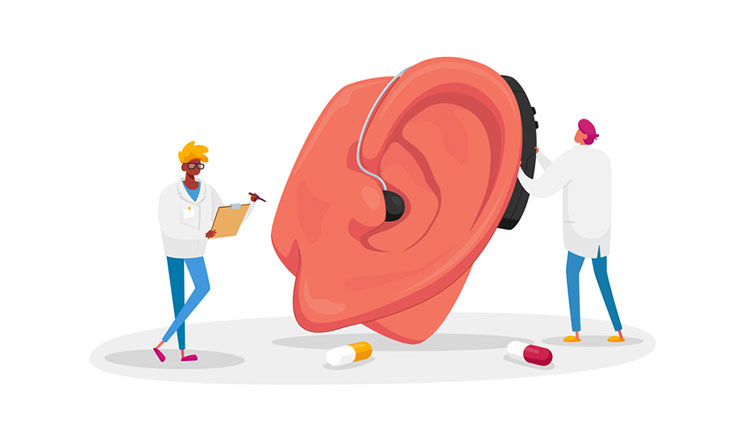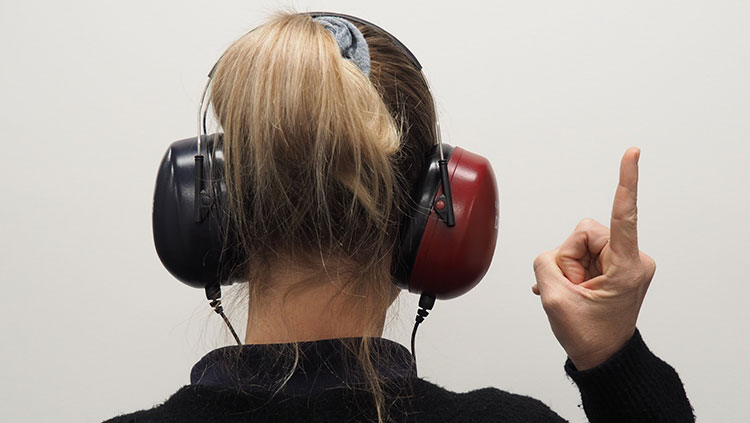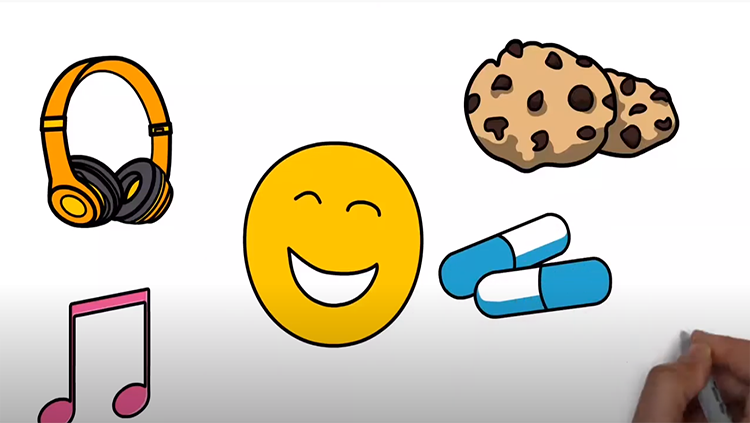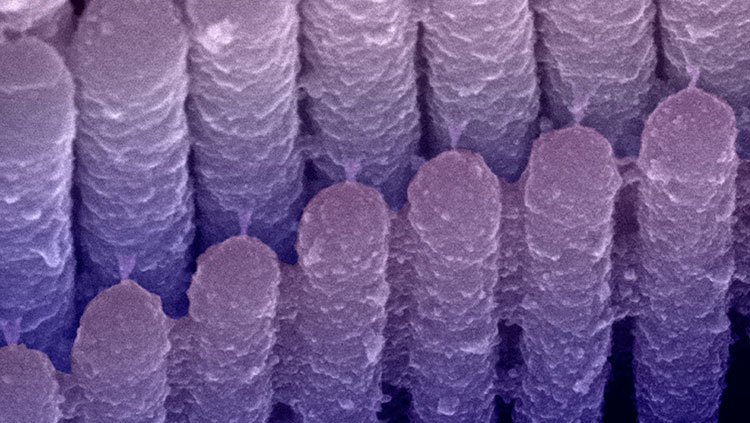Can You Hear It? The Journey of the Sound
- Published11 Oct 2022
- Source BrainFacts/SfN
When you’re in a busy, noisy place like a coffee shop, there’s a lot of sound to process. A cacophony of conversation, clinking dishes, and the hiss and grind of the coffee machine blends together in the background. How we process what the individual sounds are, hear it all together, and determine where they are coming from takes a collaboration between our ears and our brain — the auditory system.
This is a video from the 2022 Brain Awareness Video Contest.
Created by Nurfizatul Aisyah Ab Aziz.
CONTENT PROVIDED BY
BrainFacts/SfN
Transcript
Imagine you are in a coffee shop on a busy and bustling Monday morning. Trying to do some work while sipping your black coffee.
While there, you hear some people chatting and laughing; some ordering their favorite morning coffee from the barista, clacking their spoons, and the soothing sound of music comes from the café’s speaker. And, of course, the grinding, banging, pounding, and whistling coming from behind the counter as the barista trying to make the customers’ favorite coffee.
Have you ever wondered how you can detect and distinguish all of these sounds? How do you know what the sound is? Or where is the sound coming from?
So, the ability to recognize the ‘what’ and ‘where’ are the sounds is made possible due to our auditory system. The auditory system consists of the ears as the peripheral auditory system, and of course, our brain as the central auditory system! The ear and the brain work together to make us able to experience different kinds of sounds. The ear will convert the sound energy into electrical signals that the brain will receive and process the information.
First, let’s look at how the different parts of the ear work together to make us experience sounds. The ear contains three parts — the outer ear, the middle ear and the inner ear. The outer ear consists of the pinna and the external auditory canal. The pinna captured the sound waves and channeled them through the external auditory canal. The sound waves reach the tympanic membrane, or famously known as the eardrum. The eardrum separates the outer and middle ear and vibrates as the sound waves strike it.
The middle ear includes the ossicles; the three tiny bones called the malleus, incus and stapes. These bones amplify the vibration from the ear drum and transfer the vibration to the inner ear. The inner ear, known as cochlea, is a snail-like structure. The cochlea converts the vibration into electrical impulses. These electrical impulses transmitted to the auditory nerves all the way to our brain. And this is exactly what we perceive as sound.
How about the direction of the sound? Where is the sound coming from? For that, the brain compares the right and left ear sound input. This is to determine which ear is closer to the sound source. The distance to the ears and obstructions like our head impact the sound’s journey. If a sound is directly midline from the front or back of the head, it will reach both ears simultaneously.
But how do we know what the sound is? Is the sound coming from the clacking of spoons? Or is it coming from the coffee machine? Or how about the music that we listen to? How do we perceive whether the music is melancholy or a piece of happy music?
It is all coming from the integration of various brain regions. It is the role of the brain to properly combine all of these acoustic features from the sound into perceptual features. Then combine them to build a representation of distinct objects that can be further analyzed through the integration and connectivity of different brain regions.
For example, neural activity in the prefrontal cortex and hippocampus interacts with auditory cortex activity to process auditory memory, sound meaning, and emotional content.
That is why we can feel nostalgic or happy when listening to certain music. We can also relive specific memories when we listen to the music due to the involvement of the hippocampus, which has a key role in the formation of long-term memory.
So next time you are in a coffee shop, try to listen to all those sounds, and remember that our hearing is a sophisticated system consisting of the ears and the brain. They are responsible for converting all of the acoustic features’ cacophonies and making our hearing possible.
Also In Hearing
Trending
Popular articles on BrainFacts.org

















